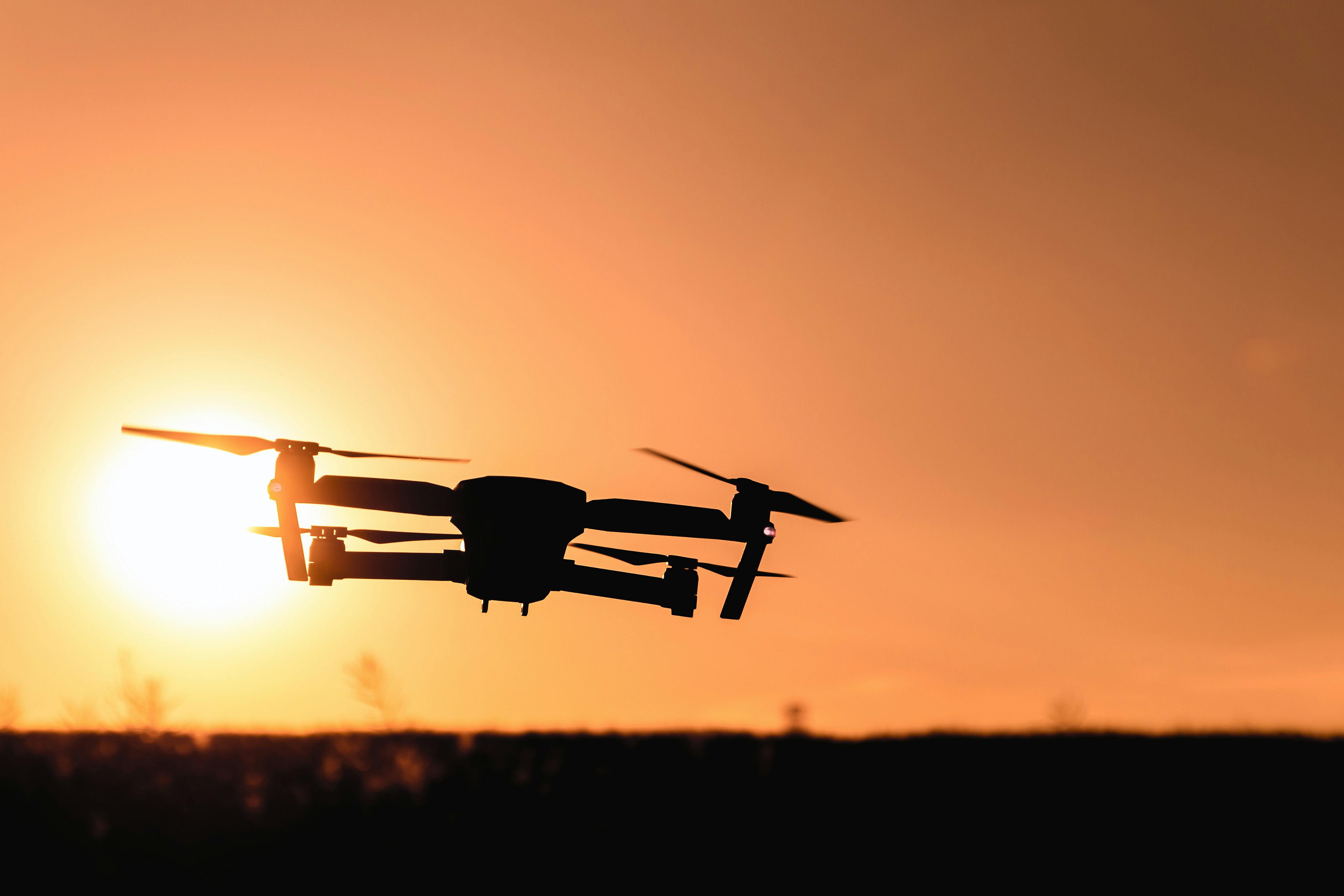The Untapped Potential of Telecommunication Drones
Many of us are aware of drones' widespread use in photography, security, and even delivery services. However, the application of drones in the telecommunications sector remains relatively unexplored. This article delves into how drones can revolutionize the telecommunications industry, offering unique solutions for connectivity challenges.

The Emergence of Telecommunication Drones
The concept of using drones in telecommunications is not entirely new. The idea originated during the early 21st century as telecom companies sought innovative ways to enhance connectivity. Drones, or Unmanned Aerial Vehicles (UAVs), were initially used for military surveillance and later adopted for commercial and recreational use. With advancements in technology, drones are now being seen as a viable solution to some of the most pressing telecom issues.
Current Trends and Regulatory Changes
With the rapid growth of technology, drones are increasingly being employed for various purposes, including telecommunications. Regulatory bodies worldwide are beginning to recognize their potential and are gradually implementing policies to allow their use in the telecom sector. For instance, the Federal Aviation Administration in the U.S. has been working on regulations to safely integrate drones into national airspace, which will have significant implications for their use in telecommunications.
Impact and Practical Applications
Telecommunication drones can play a crucial role in areas where traditional telecom infrastructure is challenging to establish. For instance, they can provide temporary network coverage during significant events or in disaster-stricken areas where the existing infrastructure is damaged. Furthermore, drones can be used for tower inspections, reducing the risks associated with manual inspections.
However, like any technology, the use of drones in the telecom sector has its challenges. Regulations governing drone usage, concerns about privacy, and technical issues like limited battery life and the need for robust control systems are some of the hurdles that need to be addressed.
Research-Backed Claims
Research studies support the potential of drones in telecommunications. A study by PWC indicates that the addressable market value of drone-powered solutions in all applicable industries, including telecommunications, is over $127 billion. Another report from MarketsandMarkets predicts that the drone services market will reach $63.6 billion by 2025. These figures underline the significant potential of drone technology in the telecom industry.
Balancing Depth and Accessibility
The use of drones in telecommunications is a complex topic that involves understanding both drone technology and the intricacies of the telecom industry. However, the potential benefits of this combination – such as improved network coverage and efficient tower inspections – make it a compelling subject worth exploring. While challenges exist, the progress in regulatory landscapes and technological advancements suggest that the drone-powered telecom future is not far off.
In conclusion, the application of drones in the telecommunications industry presents a unique solution to connectivity challenges. As technology advances and regulations adapt, we can expect to see more telecom companies harnessing the untapped potential of drones. Indeed, the sky’s the limit for drone-powered telecommunications.





